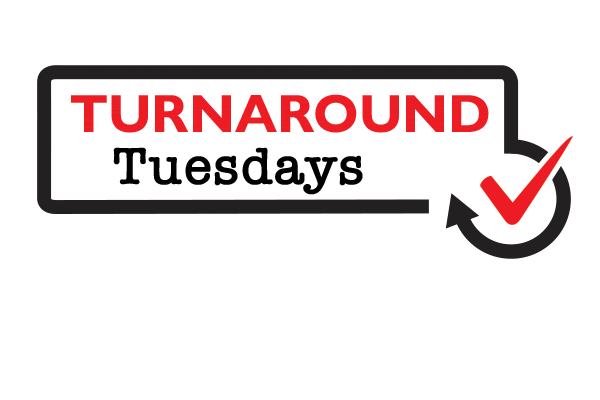Demographics:
Gaston County Schools, located in North Carolina, is the 10th-largest district in the state. We have a very diverse, economically challenged population in our school system, with roughly 65 percent of our student population eligible for free and reduced lunch.
Biggest challenge:
Three years ago, when I started as executive director for high school instruction, our state of student achievement was average. That was not good enough for us. Like districts all over North Carolina, we were also facing teacher shortages. We typically see 40 new teachers in our high schools each year. These include teachers new to the practice as well as those new to our district.
We had pockets of excellence happening inside of classrooms, but only a handful of students benefiting from them. We aimed to have 100 percent of our classrooms doing great things for children. The challenge was how to get 700 teachers to buy into that.
Solution:
We have a nationally recognized teacher induction program series (TIPS), but we decided that we needed to take a harder look at how are we supporting our new and younger teachers in years two and three.
Rather than starting with those that some might identify as on the “struggling” end of the spectrum, we chose the opposite approach. Two years ago, we invited 50 teachers—some might say the best teachers in each of our high schools—to join professional learning communities (PLCs). Last year, we expanded to a second cohort of 30 teachers.
Professional learning communities often focus on classroom management, but we believe that if educators have the tools they need to build great lessons from start to finish and are able to connect that lesson to tomorrow’s lesson and to next week’s—if the focus is on building the framework of engaging experiences for students conceptually—then classroom management takes care of itself.
Our PLCs now focus on two particular instructional strategies: lesson design and information from learning. Our teachers use feedback captured on the Verso Learning platform to answer the following questions:
- How do you know that kids are learning what you thought you taught in that particular lesson and in that particular community?
- How are you assessing that on a daily basis and over time align to your lesson and unit design?
- And most important, how are you responding to what that information is telling you?
In between meetings, we’ve seen five-minute interventions having a massive impact on our high school teachers. Just watching a bit of a lesson and giving five minutes that that teacher most needs can really improve their practice.
Lessons learned:
We use technology to support our teachers every day, but it’s not only about the technology. It’s really about how you integrate purposeful tech tools into what you’re trying to have your teachers teach and their students learn.
We’re asking teachers to think of themselves as intentional learning designers. Once they look at the curriculum with that mindset, they actually find themselves teaching very differently. Our teachers are now asking themselves, ‘What do I know about my practice and my context and my kids that’s informing the process’ We’re turning a group of fairly new teachers into reflective practitioners where that cycle of professional reflection is at the heart of everything they do.
Our teachers are not only growing when their administrator comes in and does an official observation. They’re connecting the dots of what they’re doing every day to discover what’s important from learning over time.
Next steps:
We never talk about test scores or use the word “achievement.” It’s really all about the word “learning,” because learning is what we want to happen in every single room. For that to happen, our goal is for students to go into their other classrooms and put pressure on their other teachers to do what this cohort of 80 teachers is doing. With this approach, student voice becomes the fuel for this transformative work.
Next week:
See how a district turned around its student tardy numbers.
- The evolving requirements of a K-12 school network - April 24, 2024
- A bungled FAFSA rollout threatens students’ college ambitions - April 24, 2024
- How digital tools and AI can enhance social studies - April 23, 2024


